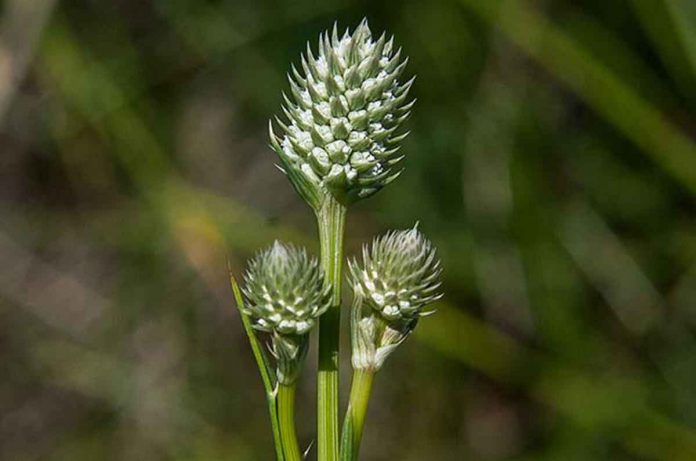A rare plant that relies on wetlands for survival has been added to the federal endangered species list, which environmentalists hope will help them safeguard the dry Southwest’s only free-flowing river.
The decision to label the Arizona eryngo as endangered and set aside roughly 13 acres (5 hectares) of vital habitat in southern Arizona was published in the federal register on Friday.
Years after environmentalists petitioned and subsequently sued for protection of the plant with cream-colored spherical bloom heads, the decision was made. In Arizona, there are just two populations: one in Tucson and one in the San Pedro Riparian National Conservation Area.
The eryngo grows in ciénegas, a type of wetland supplied by natural springs that emerge from the San Pedro River’s deep aquifer. Overpumping of groundwater in the region, climate change, and drought have all posed threats to the plant’s habitat and the flow of the San Pedro River
The river now has a new ability to be protected, according to Robin Silver of the Center for Biological Diversity.
“Protecting plants helps to safeguard the aquifer.”
The plant can also be found in the Mexican states of Chihuahua and Sonora in the north. It grew in southwestern New Mexico near Las Playas Springs in the past, but the Fish and Wildlife Service says it hasn’t been seen there since 1851.

The key habitat in Arizona is in Pima and Cochise Counties, and does not include any other areas where the eryngo has been unsuccessfully reintroduced. Development can still take place in the areas, according to the EPA, but anything that relies on federal funding or permissions must be reviewed to ensure it does not harm the eryngo’s habitat.
In a statement, Amy Lueders, the Southwest regional director for the Fish and Wildlife Service, stated, “Partnerships will be crucial to tackling the risks to the Arizona eryngo and putting it on the route to recovery.”
The Associated Press sent an email to the agency on Friday afternoon, but it didn’t get a response right away.
The Arizona eryngo belongs to the carrot family and can reach a height of over 5 feet (1.5 meters). It reproduces by relying on pollinators like butterflies and hummingbirds. More eryngo populations are being established through conservation efforts.

